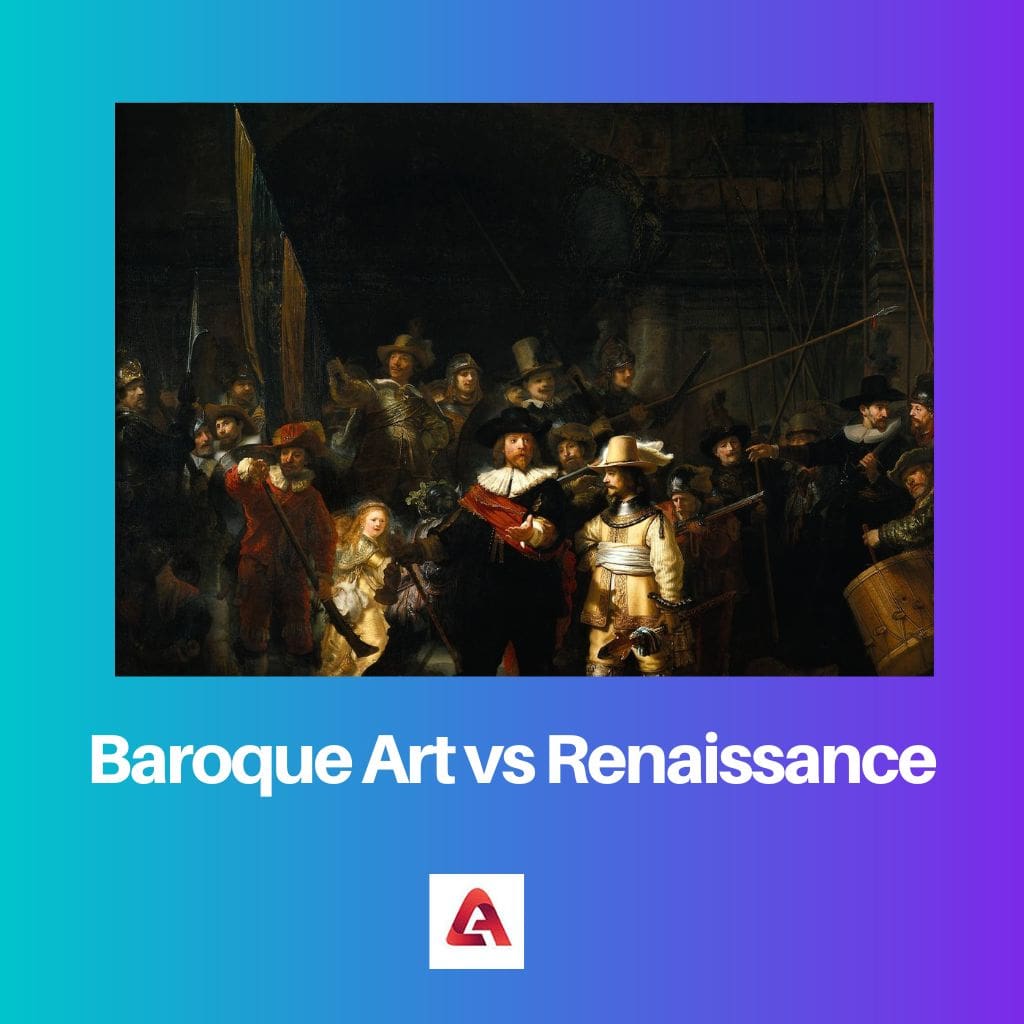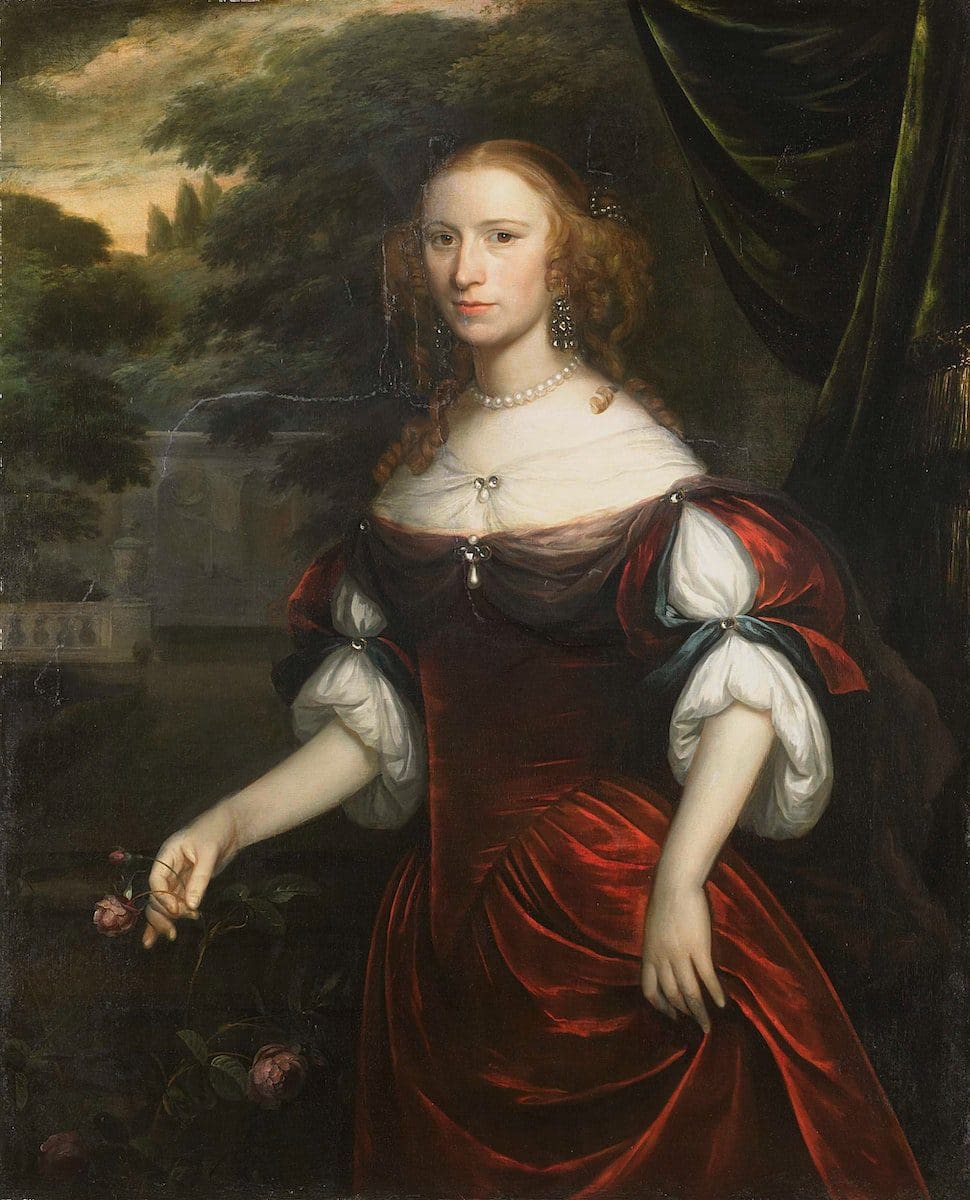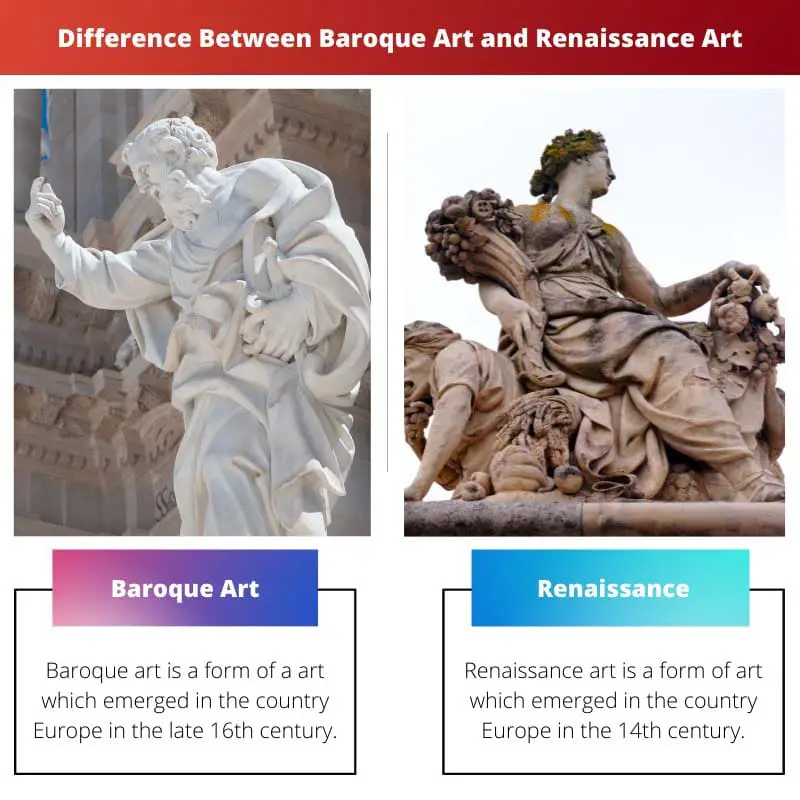Baroque art, characterized by dramatic intensity and ornate details, emerged in the 17th century as a response to the rationality and harmony of the Renaissance. While Renaissance art focused on realism and idealism, Baroque art sought to evoke emotional responses through dynamic compositions and chiaroscuro lighting techniques, reflecting the tumultuous religious and political climate of the time.
Key Takeaways
- Baroque art is characterized by grandeur, drama, and emotional intensity, with exaggerated forms and contrasting light and dark.
- Renaissance art is characterized by realism, proportion, and harmony, focusing on the human form and perspective.
- Baroque art emerged in the 17th century as a response to the Protestant Reformation, while Renaissance art flourished in the 15th and 16th centuries as a revival of classical culture.
Baroque Art vs Renaissance
Baroque art emerged in 17th century entailing a sense of emotions, drama, grandeur, music, and architecture in its art. Renaissance art emerged in 14th to 17th century and is associated with humanism and a sense of beauty in it.

Baroque and Renaissance are two distinct periods in the history of mankind that stands out the most when teaching about art and great masters. The paintings and masterpieces created in these periods were similar when first seen but were very different, with distinct differences.
Till today, there have been many debates about which period created better art than the other. Supporters of each period have their arguments as to why one art is better than the other.
Comparison Table
| Feature | Baroque Art (16th – Mid 18th Century) | Renaissance Art (14th – 17th Century) |
|---|---|---|
| Emphasis | Drama, emotion, movement, heightened realism | Harmony, balance, proportion, classical ideals |
| Style | Grandiose, theatrical, complex compositions, use of light and shadow (chiaroscuro) | Serene, idealistic, simple compositions, focus on perspective and mathematical principles |
| Subject Matter | Religious scenes (dramatic or emotional), mythological stories, portraits, still lifes | Religious scenes (calm and serene), mythological stories, portraits, historical scenes |
| Color Palette | Rich, vibrant colors, use of strong contrasts | Balanced, harmonious colors, influenced by classical ideals |
| Brushwork | Loose, energetic brushstrokes | Smooth, meticulous brushstrokes |
| Examples | “The Ecstasy of Saint Theresa” by Bernini, “Judith Beheading Holofernes” by Caravaggio, “Las Meninas” by Velázquez | “The Birth of Venus” by Botticelli, “The School of Athens” by Raphael, “Mona Lisa” by Leonardo da Vinci |
What is Baroque Art?
Baroque art represents a significant period in Western art history, spanning roughly from the late 16th century to the early 18th century. It emerged primarily in Europe, particularly in Italy, and later spread across the continent, leaving an indelible mark on architecture, sculpture, painting, and other art forms.
Characteristics of Baroque Art
- Dramatic Expression: Baroque art is characterized by its penchant for drama and theatricality. Artists sought to evoke strong emotional responses in viewers by employing exaggerated gestures, dynamic compositions, and intense contrasts of light and shadow (chiaroscuro). This theatricality extended to the portrayal of religious and mythological subjects, imbuing them with a sense of grandeur and spectacle.
- Ornate Detailing: Unlike the restrained classicism of the Renaissance, Baroque art embraced opulence and ornamentation. Artists adorned their works with intricate details, elaborate embellishments, and rich textures, creating sumptuous visual experiences. This emphasis on lavish decoration was employed to convey the wealth and power of the patrons who commissioned these works.
- Illusionistic Space: Baroque artists were masters of creating illusionistic space, using techniques such as foreshortening and trompe l’oeil to give the impression of depth and dimensionality. This manipulation of space served to draw viewers into the scene, immersing them in the narrative unfolding before their eyes. Architectural elements, such as curved lines and convex forms, further enhanced the sense of spatial dynamism.
- Dynamic Movement: Movement and motion are central to Baroque art, with artists capturing dynamic gestures and fluid poses to convey a sense of action and energy. Figures appear in motion, twisting and turning within the composition, while diagonal lines and asymmetrical arrangements add a sense of tension and movement. This dynamism imbues Baroque art with a sense of vitality and immediacy, engaging the viewer’s attention and drawing them into the narrative unfolding on the canvas.

What is Renaissance Art?
The Renaissance was a transformative period in European history, spanning roughly from the 14th to the 17th century, marked by a revival of interest in classical learning, exploration, and artistic achievements. It emerged primarily in Italy before spreading across Europe, bringing about significant cultural, intellectual, and artistic advancements.
Characteristics of the Renaissance
- Humanism and Intellectual Inquiry: At the heart of the Renaissance was a renewed fascination with the human experience and the pursuit of knowledge. Humanist scholars, inspired by the works of ancient Greek and Roman philosophers, emphasized the importance of individualism, reason, and empirical observation. This intellectual curiosity fueled advancements in various fields, including literature, science, philosophy, and the arts.
- Naturalism and Realism: Renaissance artists sought to emulate the natural world with unprecedented accuracy and fidelity. They studied human anatomy, perspective, and light to create lifelike representations of the world around them. This commitment to naturalism and realism is evident in the precise rendering of form, meticulous attention to detail, and mastery of perspective in Renaissance art.
- Classical Influence and Idealism: Inspired by the art and literature of ancient Greece and Rome, Renaissance artists looked to classical models for inspiration and guidance. They sought to revive the ideals of beauty, proportion, and harmony found in classical art, depicting subjects from mythology, history, and religion with a sense of idealized perfection. This emphasis on idealism and classical aesthetics is evident in the balanced compositions, graceful figures, and harmonious proportions of Renaissance artworks.
- Innovation in Techniques and Materials: Renaissance artists pioneered new techniques and materials that revolutionized the practice of art. Innovations such as linear perspective, sfumato (the subtle blending of colors and tones), and chiaroscuro (the dramatic use of light and shadow) allowed artists to create more convincing illusions of depth, volume, and atmosphere. Advances in oil painting techniques also enabled artists to achieve greater luminosity, richness, and durability in their works.

Main Differences Between Baroque Art and Renaissance
- Subject Matter:
- Renaissance art depicted classical themes, biblical narratives, and idealized human forms.
- Baroque art frequently featured dramatic scenes, intense emotions, and dynamic compositions, with religious themes but also exploring secular subjects.
- Style and Technique:
- Renaissance artists emphasized naturalism, proportion, and balance, employing techniques like linear perspective and sfumato to create realistic portrayals.
- Baroque artists favored dramatic lighting, ornate detailing, and exaggerated gestures, utilizing techniques like chiaroscuro and foreshortening to evoke emotion and depth.
- Emotional Expression:
- Renaissance art tends to convey a sense of harmony, clarity, and rationality, with an emphasis on idealized beauty and serenity.
- Baroque art evokes intense emotions, portraying dynamic movement, theatricality, and a heightened sense of drama, reflecting the tumultuous political and religious climate of the time.
- Purpose and Function:
- Renaissance art served to glorify human achievement, celebrate classical ideals, and express the patron’s wealth and status.
- Baroque art aimed to engage the viewer emotionally, inspire piety and devotion, and convey the power and grandeur of the Church and its patrons.





